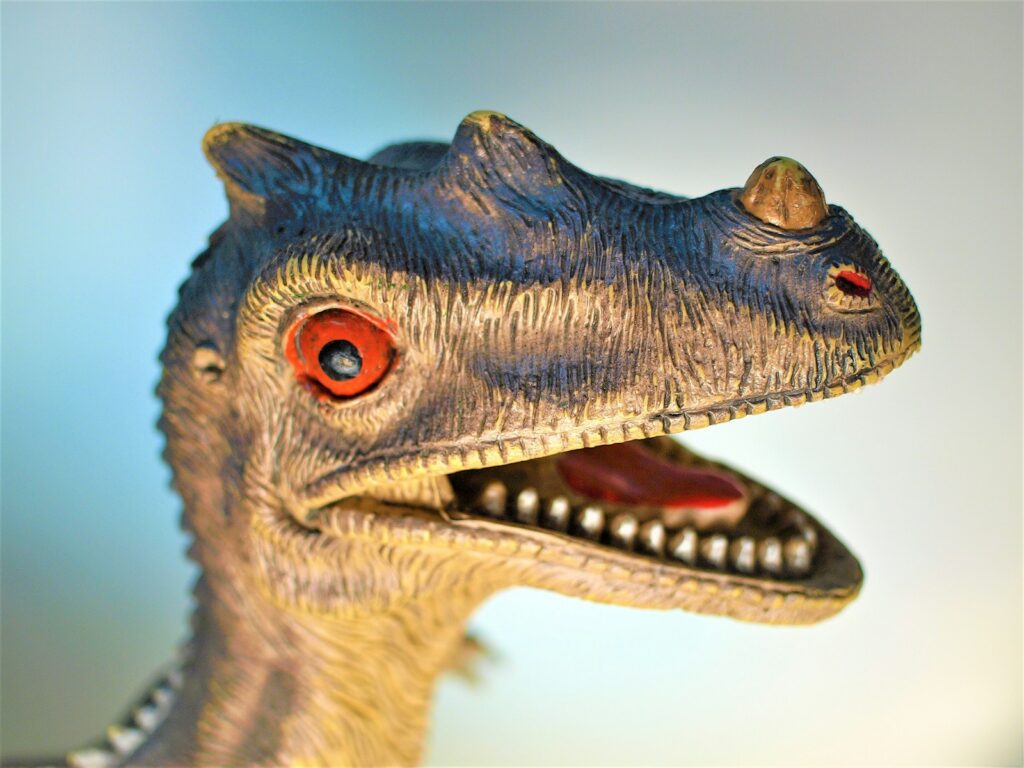Dinosaurs have captivated our imagination for centuries, yet despite extensive fossil evidence, many aspects of their appearance remain shrouded in mystery. Among the most intriguing debates in paleontology is whether dinosaurs had lips similar to modern lizards or exposed teeth like crocodiles. This seemingly simple question has sparked considerable scientific controversy, dividing experts and influencing how we visualize these ancient creatures in museums, films, and popular culture. Recent research has begun to shed new light on this fascinating aspect of dinosaur anatomy, challenging long-held assumptions and potentially transforming our understanding of how these magnificent creatures actually looked.
The Traditional “Toothy Grin” Portrayal

For decades, dinosaurs have been depicted in movies, museum displays, and artwork with exposed teeth—particularly theropods like Tyrannosaurus rex, shown with fearsome, permanently visible dental arrays. This representation traces back to early paleontological reconstructions influenced by modern crocodiles, which indeed have teeth visible even when their mouths are closed. The iconic “Jurassic Park” T. rex solidified this image in popular culture, presenting dinosaurs with permanently exposed teeth as scientific fact. This portrayal became so widespread that few questioned whether it accurately reflected dinosaur anatomy, despite limited evidence supporting this specific feature. The image of teeth-baring dinosaurs became deeply ingrained in our collective imagination, persisting largely unchallenged for generations.
What Are Lips, Actually?
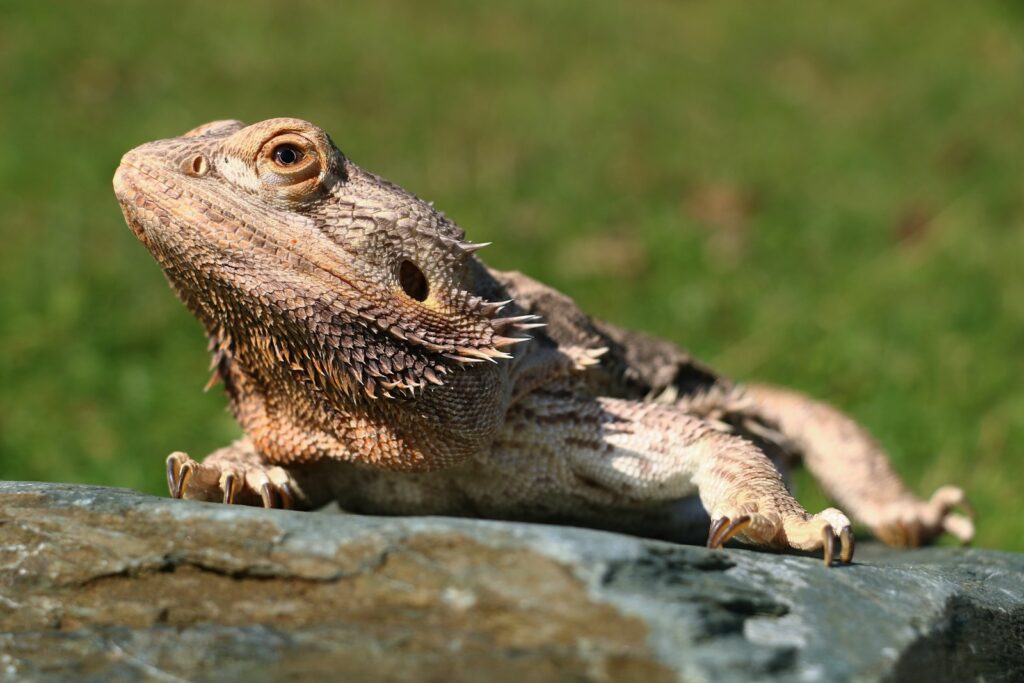
Before diving deeper into the debate, it’s important to clarify what paleontologists mean by “lips” in this context. Unlike human lips, which are muscular structures with specialized tissue, reptilian lips refer to scales or soft tissue that cover and protect the teeth when the mouth is closed. In modern reptiles like lizards and snakes, these lips (technically called “labial scales”) completely cover the teeth when the mouth is closed, helping to prevent dehydration of the dental tissues. They’re not protruding structures but rather extensions of the oral tissue that seal over the dental arcade. These tissues serve crucial biological functions beyond mere appearance, protecting the teeth and helping to maintain dental health in the animals that possess them. Understanding this definition is essential for following the scientific arguments in the dinosaur lip debate.
The Crocodile Connection: Why It Matters

The question of dinosaur lips hinges partly on which modern animals serve as the best anatomical analogs. Crocodilians, despite being archosaurs like dinosaurs, have a specialized semi-aquatic lifestyle that has driven unique evolutionary adaptations. Their exposed teeth work well in an aquatic environment where dehydration isn’t a concern and visible teeth provide functional advantages for their feeding strategy. However, most dinosaurs were terrestrial creatures facing different environmental challenges. The assumption that dinosaurs must have resembled crocodiles in their dental covering represents what scientists call phylogenetic bracketing gone wrong—applying traits from one modern relative without considering ecological context. Recent research suggests that despite shared ancestry with crocodilians, dinosaurs may have had adaptations more similar to other reptiles due to their terrestrial lifestyle. This distinction forms a crucial part of the ongoing scientific reassessment of dinosaur facial anatomy.
Evidence from Tooth Structure and Wear Patterns

Microscopic examination of dinosaur teeth has provided compelling evidence in the lip debate. Unlike crocodilian teeth, which are adapted for a semi-aquatic lifestyle, dinosaur teeth show wear patterns and enamel distribution more consistent with teeth that were protected by lips. Paleontologist Robert Reisz from the University of Toronto has conducted studies showing that theropod dinosaurs have enamel distributed evenly around their teeth, unlike crocodilians, which have asymmetrical enamel thicknesses corresponding to their exposed dental arrangement. Additionally, fossilized dinosaur teeth frequently show wear patterns suggesting they were protected from environmental abrasion when the mouth was closed. These subtle but significant differences in dental morphology provide physical evidence that dinosaur teeth were likely covered by lips rather than permanently exposed to the air. The microscopic details preserved in fossils millions of years old may ultimately resolve this longstanding scientific question.
The Dehydration Problem for Exposed Teeth
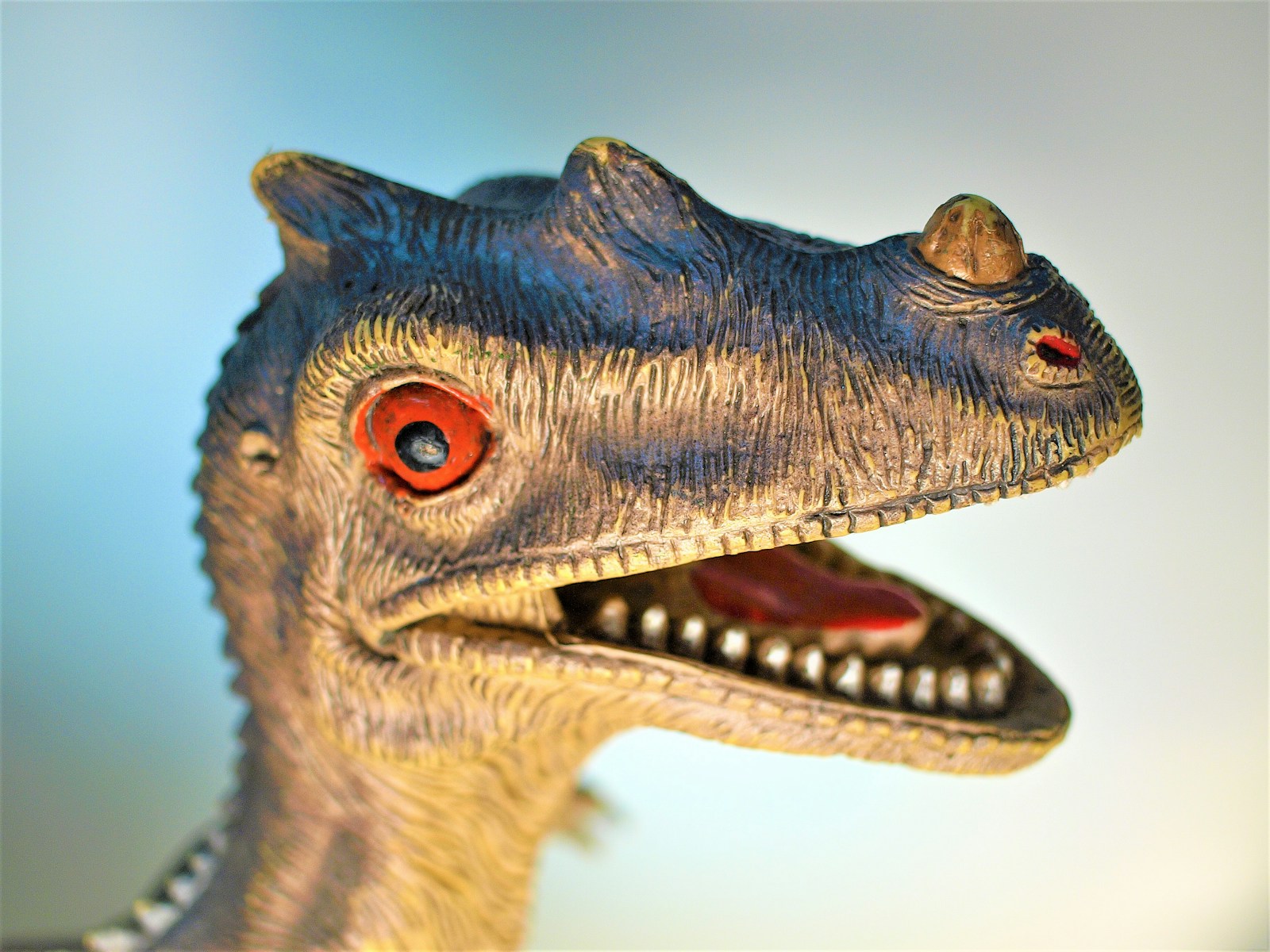
One of the strongest arguments for dinosaur lips comes from understanding the biological challenges of maintaining exposed teeth in a terrestrial environment. Teeth require constant hydration to maintain their structural integrity, particularly at the sensitive dentine-enamel junction. In modern land-dwelling reptiles with exposed teeth, this junction would quickly dry out, leading to cracking, infection, and dental failure. Crocodilians avoid this problem by spending much of their time in water, where dehydration isn’t an issue. Terrestrial dinosaurs, however, would have faced significant dental health challenges if their teeth were permanently exposed to air. The presence of lips would have provided a crucial moisture seal, keeping the teeth properly hydrated. This physiological necessity suggests that most dinosaurs, as primarily terrestrial creatures, likely evolved lip structures to protect their dental health—a functional adaptation rather than just an aesthetic feature.
Modern Research Techniques Changing the Picture

Recent advances in paleontological methods have revolutionized how scientists approach questions about soft tissue structures like lips. CT scanning technology now allows researchers to examine the neurovascular pathways—the channels for blood vessels and nerves—in dinosaur skull fossils without damaging the specimens. These scans reveal that many dinosaurs had extensive blood vessel networks running to the edges of their jaws, similar to modern lizards with lips, and unlike the pattern seen in crocodilians. Histological studies examining microscopic bone structure also indicate attachment points for soft tissues around the mouth in many dinosaur species. Additionally, new comparative anatomy techniques analyzing jaw muscle attachments suggest many dinosaurs had the muscular infrastructure to support lip-like structures. These cutting-edge research methodologies are providing unprecedented insights into dinosaur facial anatomy, helping scientists reconstruct these animals with greater accuracy than ever before.
The 2023 Study That Changed Perspectives
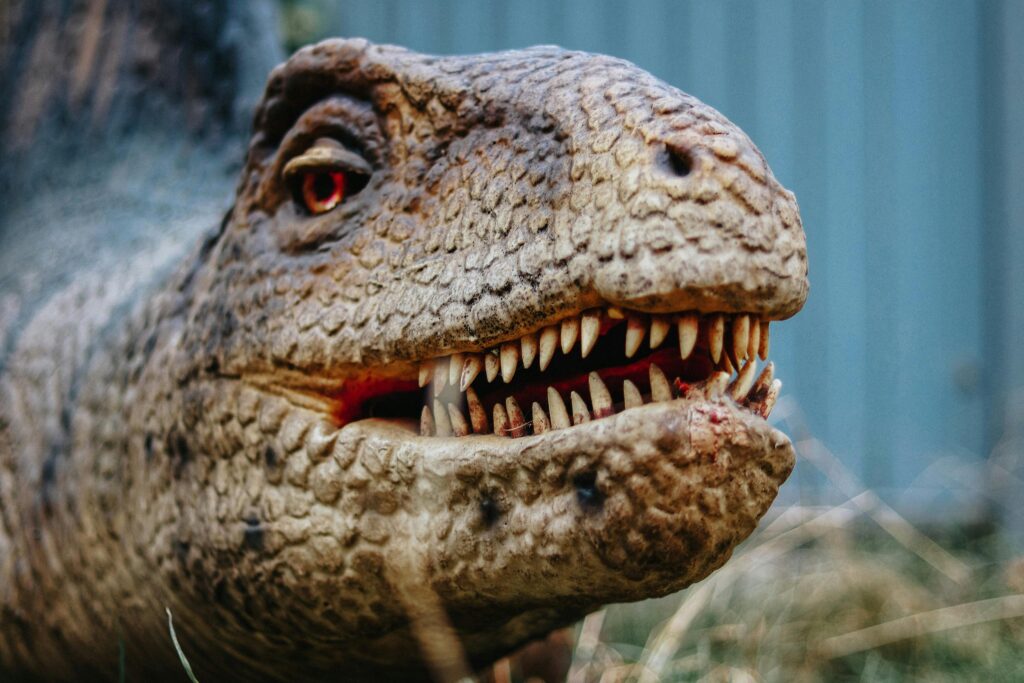
A groundbreaking study published in the journal Science in 2023 has significantly altered the scientific consensus on dinosaur lips. The research, led by paleontologist Thomas Cullen and involving international collaborators, conducted the most comprehensive analysis to date of dinosaur dental coverings. The team examined the tooth row and jaw anatomy of over 250 living and extinct species, creating an extensive comparative dataset. Their findings revealed that the typical dinosaur likely had lips more similar to those of modern lizards than the exposed teeth of crocodiles. The research identified specific osteological correlates—bone features that indicate soft tissue attachments—consistent with the presence of lips in most dinosaur lineages. This landmark study provided strong evidence that the popular “toothy grin” dinosaur image might be anatomically incorrect for most species, representing one of the most significant revisions to dinosaur appearance in recent decades.
Exceptions to the Rule: When Dinosaurs Might Have Had Exposed Teeth

While current research suggests most dinosaurs had lips, certain specialized dinosaur groups may indeed have had partially exposed teeth similar to modern crocodilians. Spinosaurids, fish-eating dinosaurs with crocodile-like snouts, show anatomical features suggesting they might have had partially exposed teeth adapted for their semi-aquatic hunting lifestyle. Similarly, some large ceratopsians (horned dinosaurs) possess dental and jaw features that could indicate specialized dental arrangements, possibly including some exposed teeth. These exceptions highlight the incredible diversity of dinosaurs and how their anatomy evolved to match their ecological niches. Rather than applying a one-size-fits-all approach to dinosaur appearance, modern paleontologists recognize that different dinosaur lineages likely evolved varied oral adaptations based on their diets, environments, and evolutionary history. This nuanced approach allows for a more accurate understanding of dinosaur diversity beyond simple generalizations.
Impact on Popular Dinosaur Depictions

The shifting scientific consensus about dinosaur lips has profound implications for how these animals are portrayed in popular media and museums. The fearsome, permanently tooth-baring T. rex of “Jurassic Park” may need to be revised in favor of a more lizard-like appearance with teeth covered by scaly lips when the mouth is closed. Some forward-thinking museums and documentary productions have already begun updating their dinosaur models and CGI representations to incorporate lipped dinosaurs. The BBC’s “Prehistoric Planet” series, produced with extensive scientific consultation, features theropods with covered teeth, representing one of the first major mainstream productions to embrace this more accurate portrayal. This scientific reassessment demonstrates how paleontology continuously evolves, with new evidence regularly refining our understanding of prehistoric life. For the general public, these changing depictions offer a fascinating glimpse into the dynamic nature of scientific discovery.
Artistic Resistance to Scientific Updates

Despite mounting scientific evidence, there has been noticeable resistance to updating dinosaur depictions, particularly in commercial entertainment. Many filmmakers, toy manufacturers, and illustrators continue to prefer the more menacing appearance of tooth-baring dinosaurs, citing aesthetic appeal and audience expectations. The “rule of cool” sometimes trumps scientific accuracy, especially when marketing considerations come into play. Franchise consistency also creates inertia, with established series like “Jurassic World” maintaining visual continuity with earlier installments despite scientific advancements. This tension between scientific accuracy and artistic license highlights the complex relationship between paleontological research and popular culture representations of dinosaurs. Some scientists argue that popular media has a responsibility to reflect current understanding, while others recognize the legitimate artistic considerations that might lead creators to prioritize visual impact over strict scientific fidelity.
Limitations of the Fossil Record
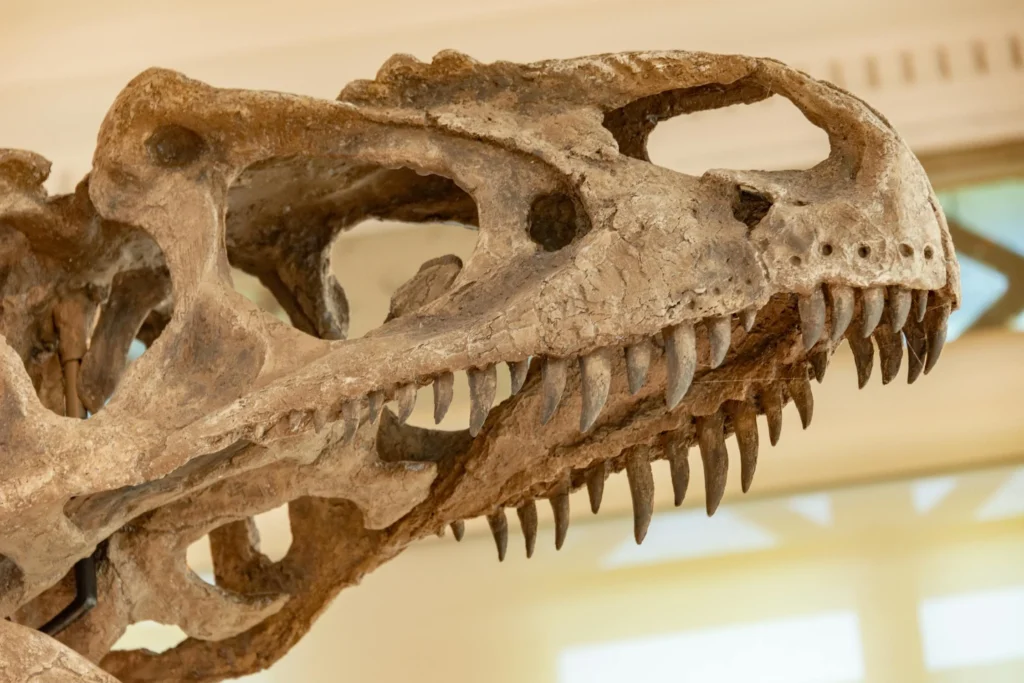
Despite recent advances in research methods, paleontologists still face significant challenges when studying soft tissue structures like lips. The fossilization process rarely preserves soft tissues, leaving scientists to make educated inferences based on bone structure, comparative anatomy, and evolutionary relationships. Even with the most sophisticated technology, much about dinosaur appearance remains speculative, requiring scientists to balance multiple lines of evidence. This inherent uncertainty explains why debates about features like lips can persist for decades despite intensive study. Paleontologists must carefully acknowledge the limits of their conclusions, often speaking in terms of probabilities rather than certainties. The dinosaur lip debate exemplifies how scientists navigate these uncertainties, developing working models that best fit the available evidence while remaining open to revision as new discoveries emerge.
Why This Debate Matters Beyond Aesthetics
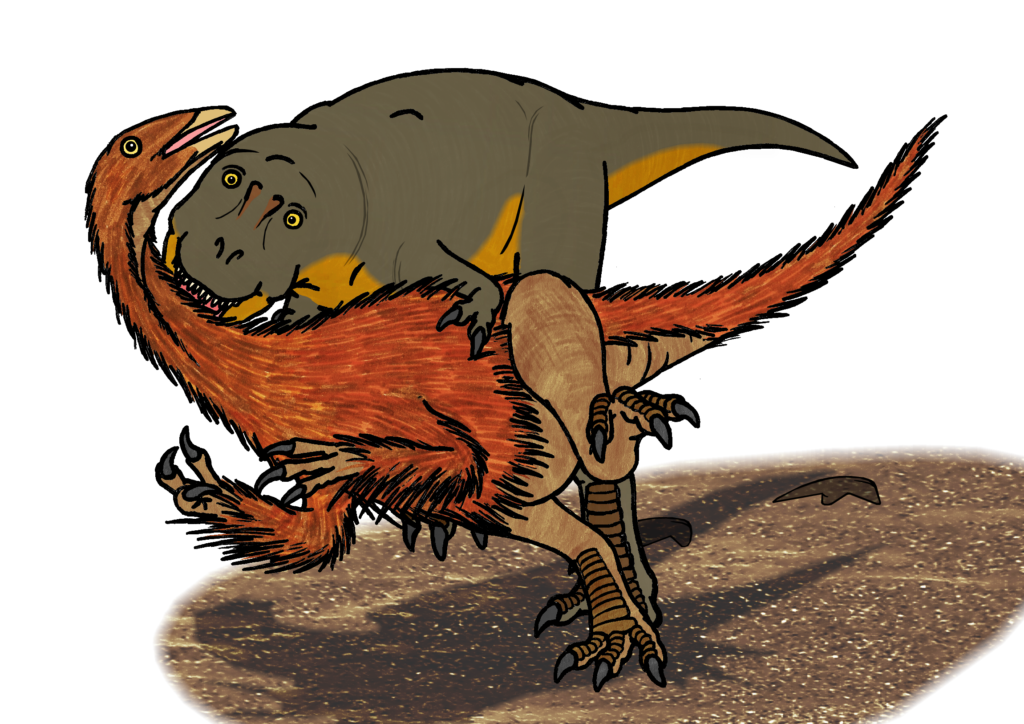
The question of dinosaur lips extends far beyond mere appearance, touching on fundamental aspects of dinosaur biology and behavior. Lips would have influenced how dinosaurs fed, communicated, and regulated their body temperature. Covered teeth might have impacted predatory tactics in carnivores, potentially affecting hunting behaviors and ecological relationships. For scientists, accurately reconstructing these features helps create more comprehensive models of dinosaur ecosystems and evolutionary adaptations. The debate also serves as an excellent case study of how paleontology works as a science—showing how researchers test hypotheses, integrate multiple lines of evidence, and revise conclusions based on new data. For the public, these discussions provide a window into the fascinating process of scientific discovery, demonstrating that our understanding of prehistory continues to evolve rather than remain static. By highlighting the dynamic nature of scientific knowledge, the dinosaur lip debate promotes scientific literacy and critical thinking.
The Future of Dinosaur Facial Reconstructions

As research techniques continue to advance, we can expect even more refined understandings of dinosaur facial anatomy in the coming years. New fossil discoveries, particularly from exceptional preservation sites, may provide direct evidence of soft tissue structures around dinosaur mouths. Ongoing developments in biomechanical modeling allow scientists to test functional hypotheses about different lip configurations, evaluating which arrangements would have worked best for various feeding strategies. Advances in comparative developmental biology also offer insights by analyzing how facial structures develop in modern reptiles, potentially illuminating evolutionary patterns. The integration of these interdisciplinary approaches promises increasingly accurate reconstructions of how dinosaurs actually appeared in life. While complete certainty may remain elusive, the trajectory of research suggests that our visualizations of dinosaurs will continue to be refined, potentially with further significant revisions to the popular image of these fascinating prehistoric creatures.
Conclusion
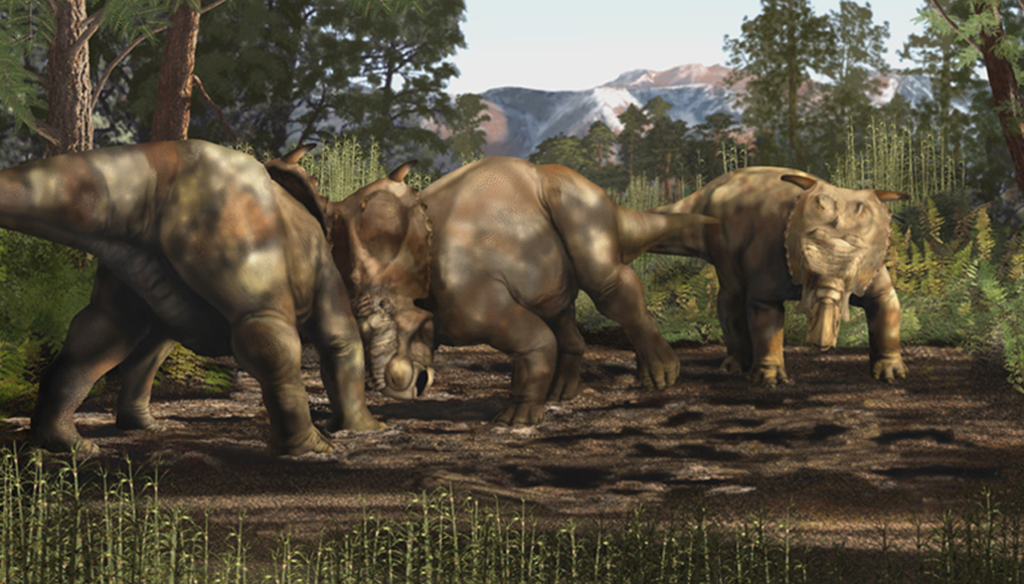
The debate over dinosaur lips illustrates the fascinating intersection of scientific evidence, biological principles, and cultural imagination. Current research strongly suggests that most dinosaurs probably had lips covering their teeth rather than the perpetually exposed “crocodile grin” popularized in entertainment. This conclusion is supported by dental anatomy, physiological necessities, and comparative studies with modern reptiles. As paleontology continues to refine our understanding of these magnificent animals, we’re gradually developing a more accurate picture of how dinosaurs truly looked and lived. Far from diminishing their appeal, these scientific updates enhance our appreciation for dinosaurs as real biological organisms rather than movie monsters. The ongoing revision of dinosaur appearances reminds us that science is a dynamic process of discovery, where even our most iconic images of the prehistoric world remain subject to refinement as knowledge advances.

